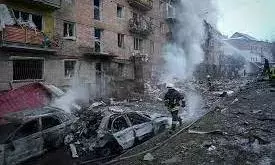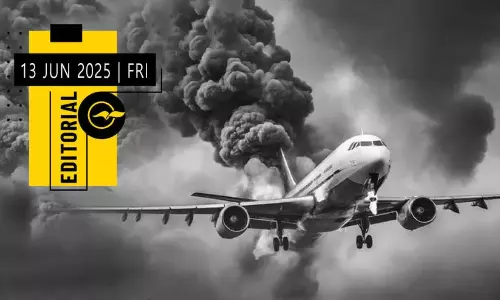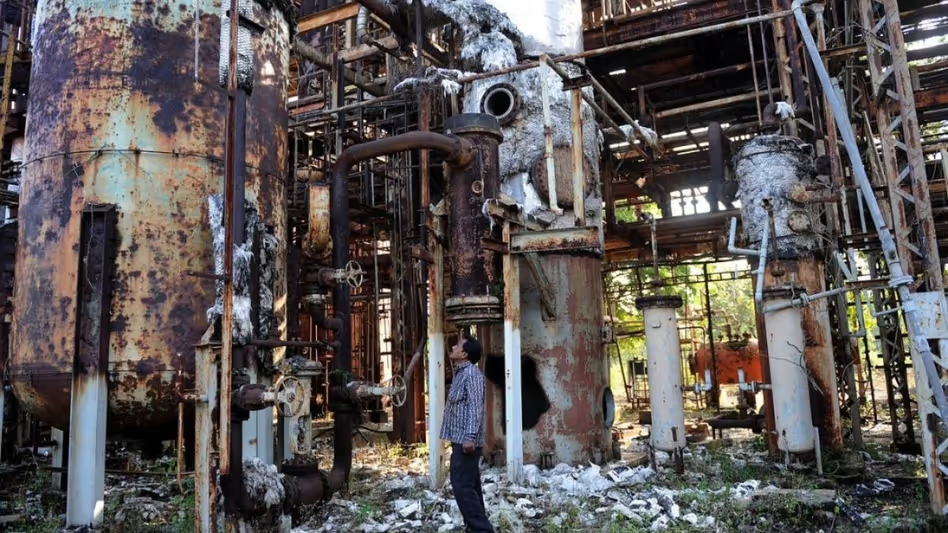
Bhopal gas tragedy: Toxic waste finally disposed after four decades
text_fieldsBhopal: In a significant development nearly four decades after the 1984 Bhopal gas tragedy, the long-pending disposal of over 300 tonnes of toxic waste from the defunct Union Carbide factory has finally been completed, marking a crucial chapter in India’s industrial and environmental history.
A senior official from the Madhya Pradesh Pollution Control Board confirmed on Sunday that 307 tonnes of toxic waste — initially reported as 347 tonnes — were incinerated at a private facility in Pithampur, Dhar district, near Indore. The process, which began on the evening of May 5, concluded on June 29, taking 50 days — well within the 72-day deadline set by the Madhya Pradesh High Court.
The incineration, carried out under tight environmental surveillance, proceeded at a rate of 270 kilograms per hour. A continuous online monitoring system tracked emissions throughout the process to ensure compliance with environmental norms. Experts monitored key pollutants, including particulate mercury, heavy matter, hydrogen chloride, sulphur dioxide, and carbon monoxide, to mitigate environmental risks.
To support this effort, air quality monitoring stations were operationalised at four locations in the region. Alongside the existing station at Tarpura, new sites were set up at Chirakhan and Bajrangpura on May 4.
The toxic waste had remained abandoned at the Union Carbide site in Bhopal since the gas leak on the night of December 2–3, 1984, which killed thousands and severely injured many more due to the release of methyl isocyanate gas. The waste was transported from Bhopal to Pithampur in January 2025, following court directives.
In compliance with the High Court’s order, the Madhya Pradesh government conducted a phased trial incineration, submitting a status report to the Jabalpur bench on its successful execution. The operation followed stringent guidelines issued by the Central Pollution Control Board (CPCB) to safeguard public health and prevent any adverse fallout.
Despite the regulatory precautions, activists representing survivors of the Bhopal gas disaster voiced serious concerns. They warned that incinerating over 300 tonnes of toxic material could generate nearly 900 metric tonnes of residue, which, if improperly disposed of in landfills, might pose new environmental threats.
As the court prepares for a hearing on the matter on Monday, discussions continue regarding the long-term ecological consequences of the waste disposal and the need for continued vigilance in safeguarding public and environmental health.
With IANS inputs













